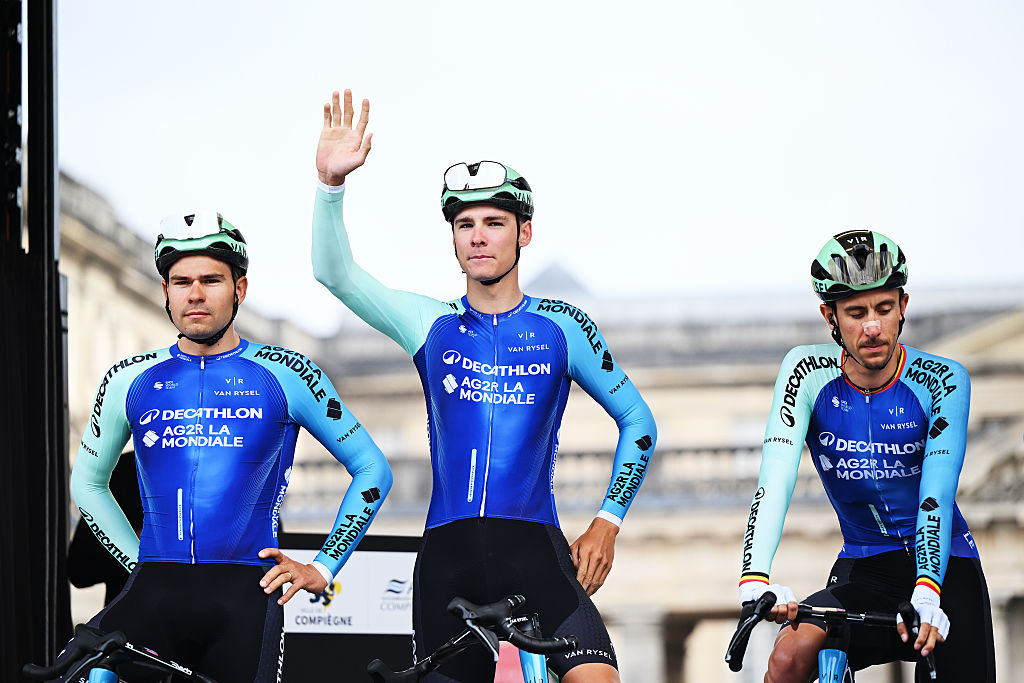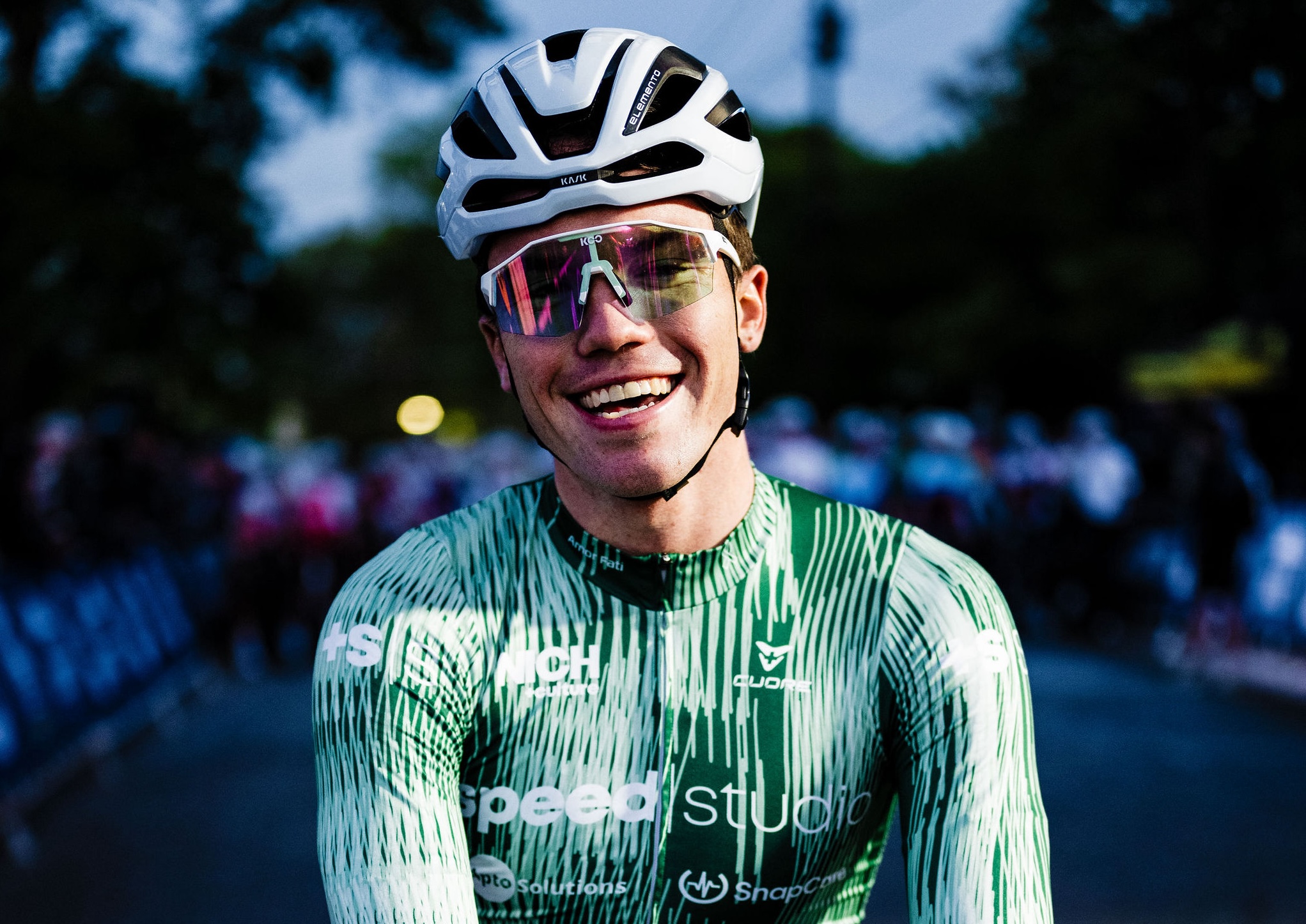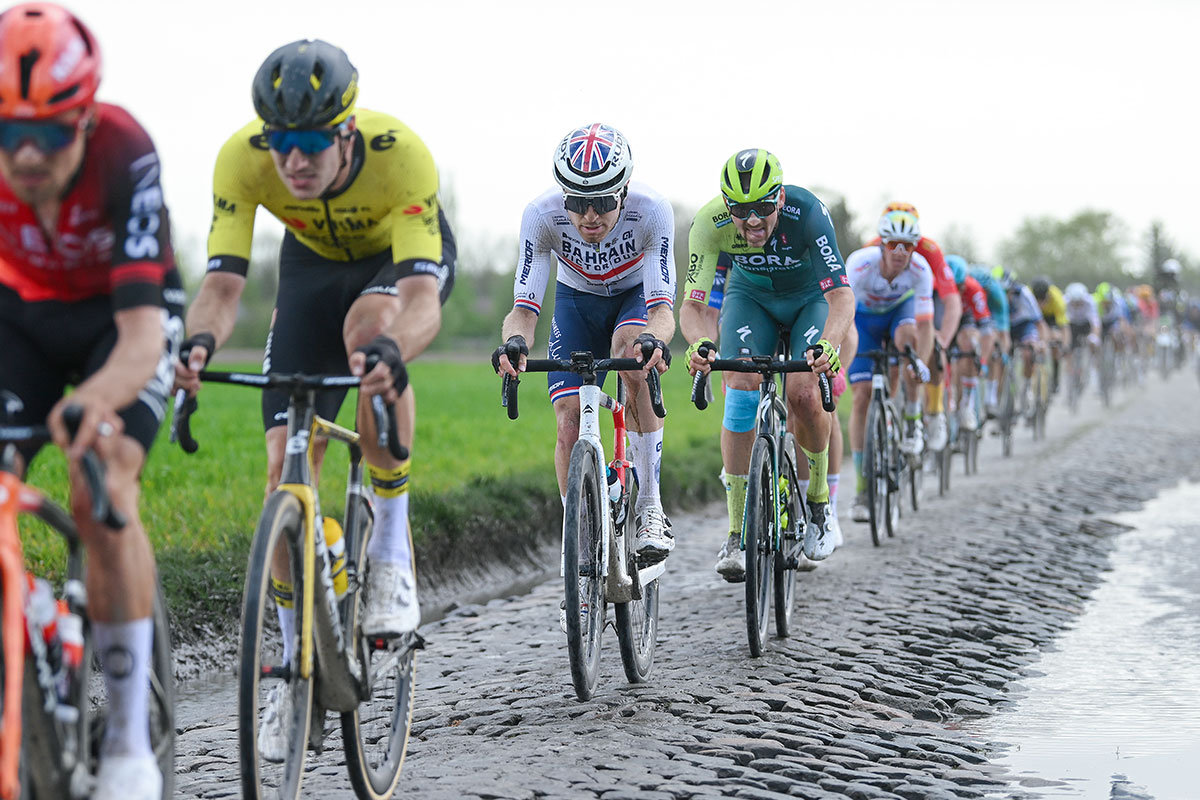Giro d'Italia 2011 route unveiled in Turin
Race to celebrate 150th anniversary of Italian unification
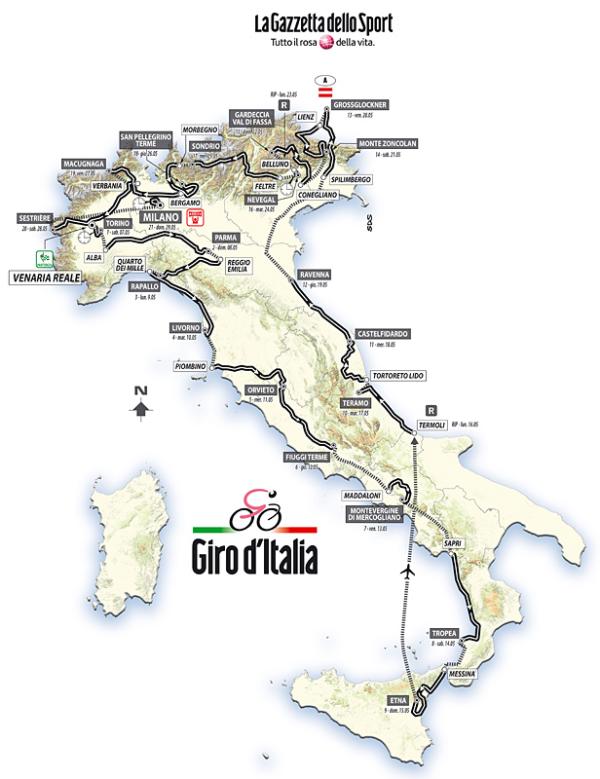
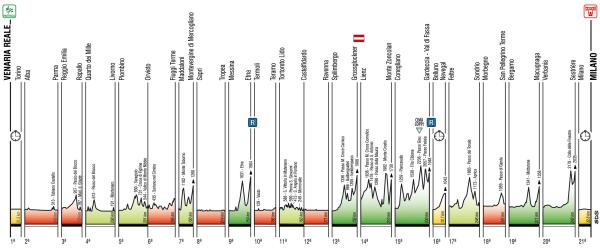
The 2011 Giro d'Italia will celebrate the 150th anniversary of the unification of Italy, with a mountainous route that looks set to exalt a possible battle between Vincenzo Nibali, Michele Scarponi, Denis Menchov and Alberto Contador.
Race director Angelo Zomegnan revealed the route in Turin, where the three weeks of racing will begin on Saturday, May 7 with a 19.3km team time trial. The corsa rosa concludes with a 31.5km individual time trial that finishes in the shadow of the spectacular Milan Duomo on Sunday, May 29.
In between, the 3,524km, route heads south to Sicily for a mountain finish on the slopes of the Etna volcano and then returns north along the Adriatic coast before a long series of testing stages in the Dolomites and a grand finale on the dirt road climb of the Colle delle Finestre near Sestriere.
Route details
The official route guide given out in Turin describes the 2011 Giro as "the toughest race in the most beautiful place". The 2011 Giro certainly looks the toughest race on the map, with 40 major mountain climbs and seven mountain finishes.
The route visits 17 of the 20 regions of Italy during the three weeks of racing. After the team time trial in Turin, stage two heads to Parma and then Reggio Emilia and then heads south down the Tyrrhenian coast, with a finish in the Tuscan port of Livorno and via the Umbrian town of Orvieto after a 13km section of dirt road in the final 50km of the stage.
The first mountain finish is at Montevergine di Mercogliano near Naples. It is where Damiano Cunego won in 2004 and first indicated he would go on to dominate that year's race
The Giro touches the toe of the Italian peninsular after a week of racing with a finish in Tropea and then takes the ferry to Sicily for a mountain on the slopes of Etna. The Giro climbs Europe's most active volcano twice: first to the Citelli refuge at 1631 metres with a 18km at an average of 6.1%. It then dives back down the Mediterranean coast before climbing for 19.4km at an average of 6.3% to the Sapienza refuge at an altitude of 1892 metres. The stage will be the Giro's equivalent of a finish on Mont Ventoux in the Tour de France.
The riders enjoy the first rest after the Etna stage but first have to fly to Termoli on the eastern Adriatic coast. The second week of the race heads north up the Adriatic with finishes in Teramo after a ride along the coast and then in Castelfidardo after an up and down 160km in the hills. Stage 12 finishes in Ravenna and is one of the few stages that looks perfect for the sprinters.
Another road transfer takes the race to the foot of the Dolomites and marks the start of the mountain stages. Stage 13 on Friday May 20 heads into Austria for a finish on the slopes of the Grossglockner. The 13.6km climb starts gently but then ramps up all the way to the finish with a final two kilometres at 10.7 per cent.
Stage 14 and 15 pass through what was the front line during a long war with Austria. Stage 14 finishes with the climb to Monte Zoncolan, where Basso fought out a duel with Cadel Evans in 2011. Stage 15 includes five major climbs, including the Passo Giau, that is the highest climb of the Giro at 2236 metres and so will award the prestigious Cima Coppi prize to the first rider over the summit. The stage ends with a short 6.2km climb but it has an average gradient of 10% with two short sections at 16 per cent at the start and finish.
The 2010 Giro included a mountain time trial to Plan des Corones. In 2011, the only time trial mid-Giro is the 12.7km cronoscalata between Belluno and Nevegal.
So many mountain stages are usually enough to complete a Giro. In 2011 there are even more. Three transfer stages across the Lombardy region takes the Giro east to the Alps for the mountain finale on the Colle delle Finestre.
The long fire track was climbed for the first time in 2005, when Paolo Savoldelli just managed to hang on to the maglia rosa. It is 18.5km long and climbs at 9.2 per cent, with the second half is on dirt roads. The tifosi packed the summit of the climb, instantly making it a legendary stage.
If all the climbing the dirt roads and the final climb to Sestriere does not decide the Giro, the final 31.5km individual time trial around Milan will, with the winner of the maglia rosa crowned in the shadows of the Milan Duomo.
Get The Leadout Newsletter
The latest race content, interviews, features, reviews and expert buying guides, direct to your inbox!

Stephen is one of the most experienced member of the Cyclingnews team, having reported on professional cycling since 1994. He has been Head of News at Cyclingnews since 2022, before which he held the position of European editor since 2012 and previously worked for Reuters, Shift Active Media, and CyclingWeekly, among other publications.
Latest on Cyclingnews
-
‘That first sector, it's just bodies falling’ – Oscar Chamberlain soaks up debut Paris-Roubaix while providing spark of hope for Australian resurgence
One of just three riders from nation lining up to take on the brutal cobbled test, the second-youngest rider in race is first Australian across line in 82nd place -
USA CRITS: Michael Garrison wins Rock&Road Criterium well ahead of Lucas Bourgoyne
Shannon Koch leads trio of Kingdom Elite riders for sweep of women's podium in Newnan, Georgia -
The highs and lows of Paris-Roubaix: Rory Townsend makes the break for Q36.5 as Joey Pidcock rolls in last
Doug Ryder's squad experienced all the emotions at the Hell of the North -
Fred Wright overcomes Shimano Di2 crash mode, avoids late wrong turn to grab Paris-Roubaix top 10
Briton says his next goal will be 'working out how to not be the best of the rest' after career-best finish
